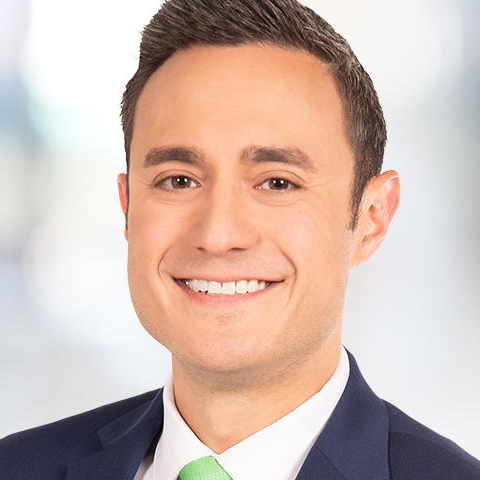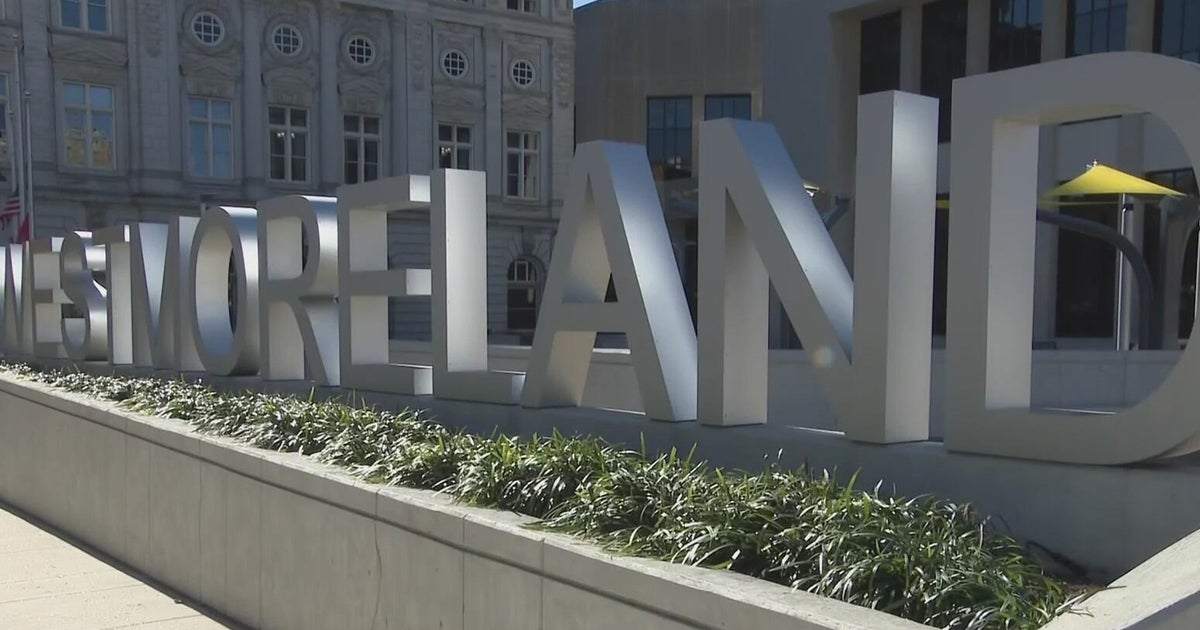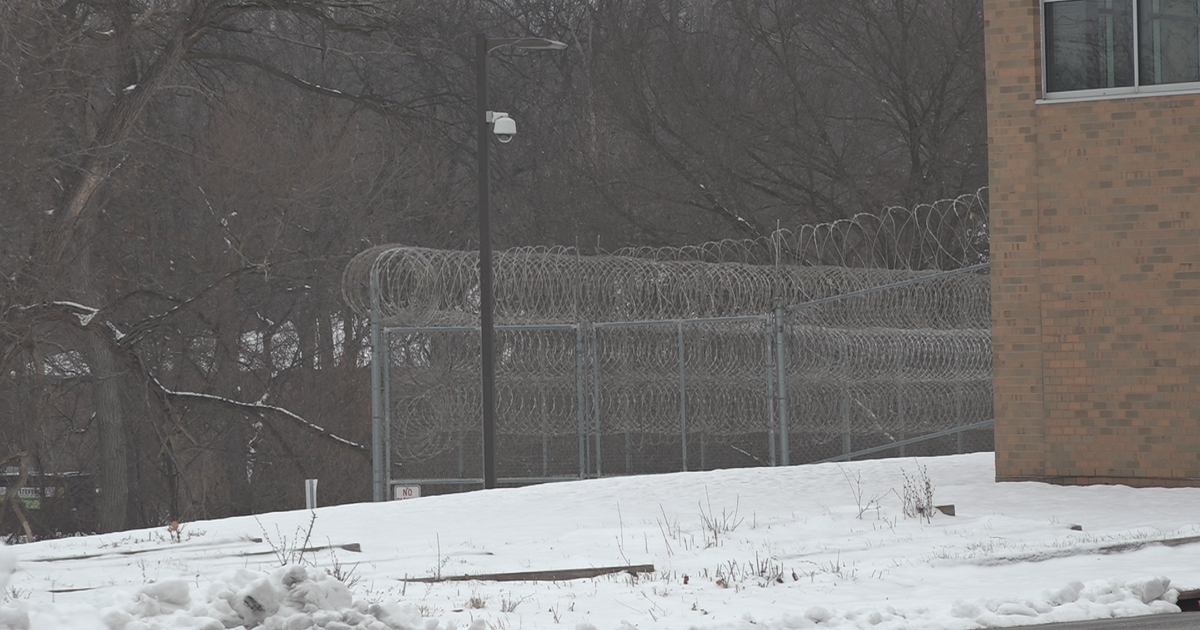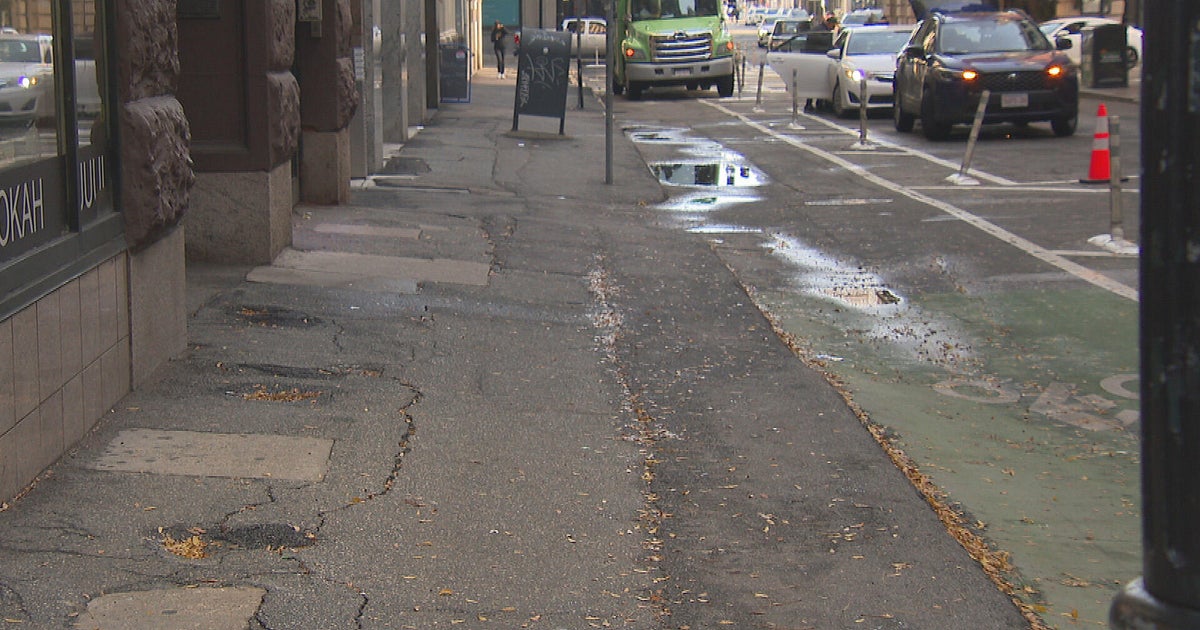What's the cost of withdrawing early from your 401(k)?
ST. PAUL, Minn. — Tough times are forcing many Americans to dip into their retirement funds at a cost they might not expect.
Investment advisor Vanguard reports that 3.6% of workers took a hardship withdrawal from their 401(k) last year. That's a record high.
We wanted to know: What's the cost of withdrawing early from your 401(k)? And what other options should you consider first?
Kyle Moore is a financial planner at Quarry Hill Advisors. He was not surprised to hear more people are leaning on their retirement savings. "Whenever you see inflation going up or higher than normal levels than a lot of people are going to get pinched," he said.
An already tightened budget can get exacerbated by an expensive emergency. "There's some sort of event that happens that requires them to reach out for help in a way that they can't cover outside of their employer sponsored plan," he said.
MORE: What's the difference between winter and summer gas blends?
What's the cost of withdrawing from your 401(k) early? The money is meant for retirement, meaning the government will take a hefty cut. You'll pay federal and state taxes.
And if you're under 59 and a half years old, there's an additional 10% penalty. For someone who is simply looking to get quick cash to buy a boat or spend on a second mortgage, an early withdrawal can be costly.
"If you're in the 22% federal tax bracket, you'll owe that 22%. You'll owe 7% Minnesota (state tax) and you're going to owe that 10% penalty," said Moore. Based on Moore's equation, a $10,000 withdrawal becomes $6,100 after paying tax and fees. "If it's hardship (withdrawal) you avoid that 10%," added Moore.
What qualifies for a hardship withdrawal? A hardship withdrawal is when an emergency pops up in your life that presents a financial hardship.
Situations that could qualify for a hardship withdrawal include:
- Avoiding foreclosure on your house
- Home repairs after a natural disaster
- Medical expenses
- Burial and funeral expenses
"But when you try to take a hardship withdrawal from your plan, that plan gets to decide which of those emergencies they're going to allow you to withdraw for," said Moore. "Some plans don't even allow those hardship withdrawals at all."
What is the long-term burden of taking that hardship withdrawal? "If you interrupt that compounding of your return, then you're losing out on not just what you take out today, but all the future growth," said Moore.
For example, let's say you take out $10,000 dollars from a 401(k) that returns 10% per year.
MORE GOOD QUESTION: How do birds know when to migrate?
Had you left that money in the 401(k) it would be worth more than $67,000 after 20 years. At the 30-year mark, it would be a whopping $174,000.
What other options should people consider before 401(k) hardship withdrawal? One of them still involves the your retirement fund, just a different method of extracting the money.
"The first option before hardship withdrawal would probably be a 401(k) loan," said Moore.
A 401(k) loan is not taxed when taken out, but it must be paid back with interest.
The good thing is the interest goes into your retirement account.
But if you leave your job, the loan has to be paid back quickly or it's treated like a withdrawal. That means it would be taxed and subject to a penalty.
"There's a few other places you should go to first and the 401(k) is really the last place that I would try to look," he said.
Moore suggests a home-equity loan or borrowing money from a family member before touching your 401(k). Fundraisers, like GoFundMe, have also proven to be helpful, especially for medical expenses Moore added.








